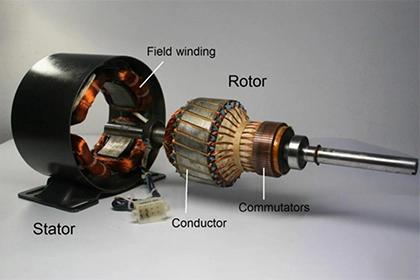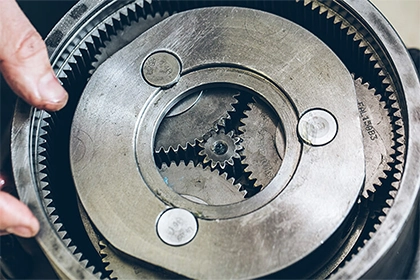
Why is the motor speed not controlled?
The motor speed may not be controlled due to various reasons such as a malfunctioning speed controller, a damaged motor, or a fault in the wiring or connections. It may also be due to issues with the power source or a problem with the motor's load, such as an overloaded or jammed mechanism.
Motor speed control is an important aspect of a variety of applications, from industrial machinery to electric vehicles. There was a video shared by a person on social media in which a motor can be seen running at uncontrollable speeds, which is very dangerous. Understanding the reasons behind runaway motor speeds is critical to ensuring safety and maintaining system efficiency. In this article, we will analyze the possible causes of the abnormal behavior and propose solutions to address the problem.
Potential causes of runaway motor speed
- Speed control mechanism failure: Damaged or worn components or improper speed controller calibration can easily lead to speed controller failure.
- Unstable power supply: Fluctuations in power supply can lead to unstable motor operation. Sudden voltage surges or drops may cause inconsistent speeds, resulting in uncontrolled motor rotation.
- Mechanical problems: Mechanical parts of the motor, such as bearings or gears, can wear out or become damaged, affecting the motor's ability to maintain a constant speed, which may cause the motor to stall.
- Software or firmware problems: The software that controls the operation of the motor may have errors or failures that cause the motor to behave abnormally. This may cause the motor to run at an incorrect speed or not respond to commands.
Solution for runaway motor speed
- Inspect and repair the speed control mechanism. Check the motor speed controller for any signs of damage or wear. If so, it will be necessary to replace any faulty components and ensure that the controller is properly calibrated to maintain the desired motor speed.
- Stable power supply: Make sure the motor gets a stable voltage for smooth operation. If necessary, use a voltage regulator to maintain a stable power supply.
- Solve mechanical problems: Check the mechanical parts of the motor for signs of wear or damage. Replace worn parts, such as bearings or gears, to ensure the motor will maintain a consistent speed.
- Update software or firmware: Ensure that the motor's control system is running on the latest and most stable software version.
- Regular maintenance: Schedule regular maintenance checks on the motor system to identify and resolve any potential problems before they escalate.
Conclusion
In summary, determining the root cause of motor speed loss is critical to preventing accidents and maintaining efficiency. By evaluating and solving problems related to the speed control mechanism, power supply, mechanical components, and software, users can ensure smooth and safe motor operation.



Leave a Comment